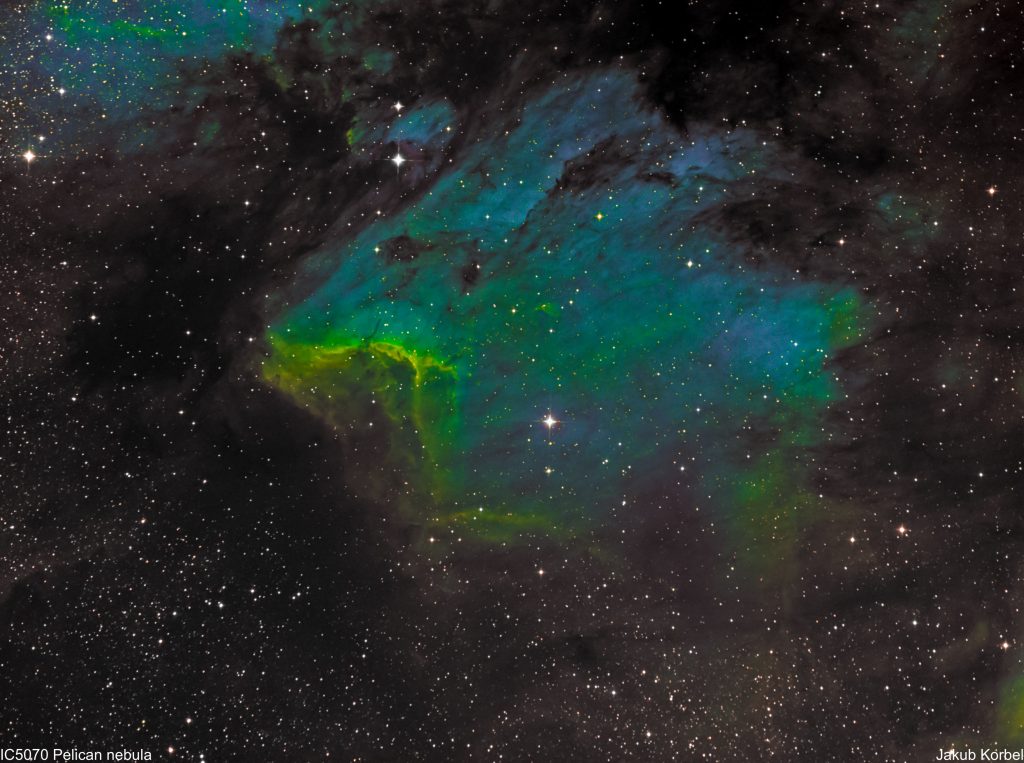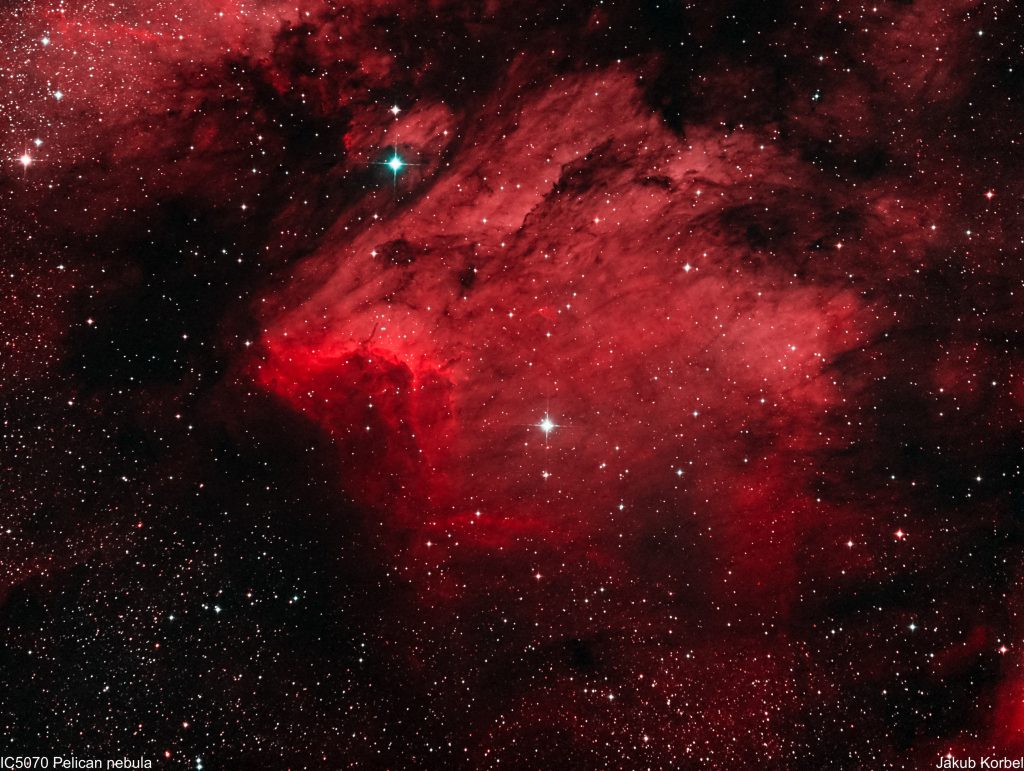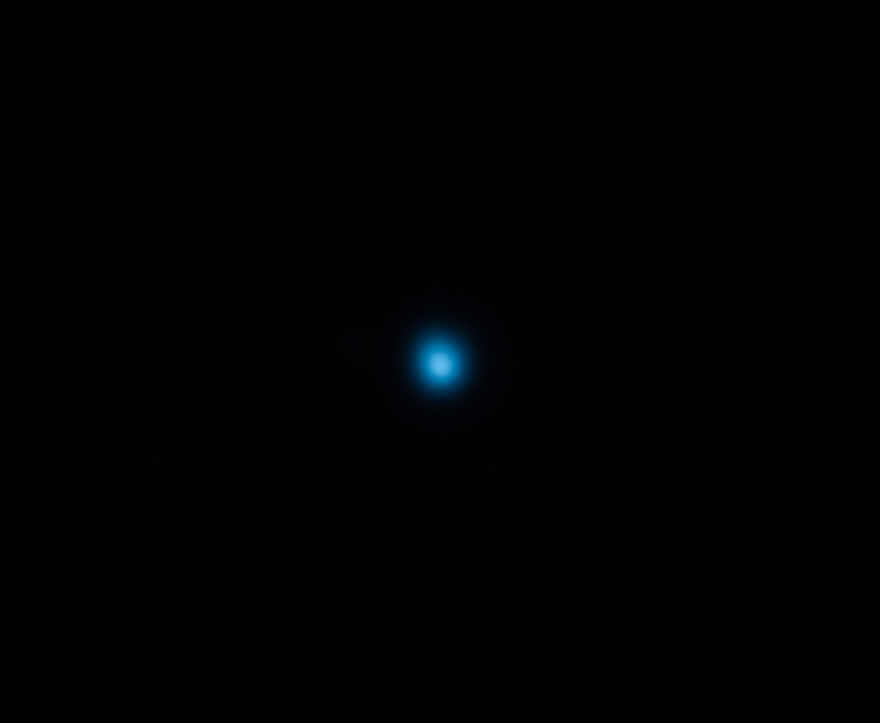Soul nebula is a beautiful HII region, where new stars are being born. It’s located in the constellation Cassiopeia and it’s 7500 light-years from Earth. The nebula has a neighbor Heart Nebula (IC1805). One can say that in this constellation the heart and soul are close to each other.
As usual, I used narrow-band filters to capture this spectacular nebula. It didn’t fit into my field of view; this means I would need a shorter focal length.
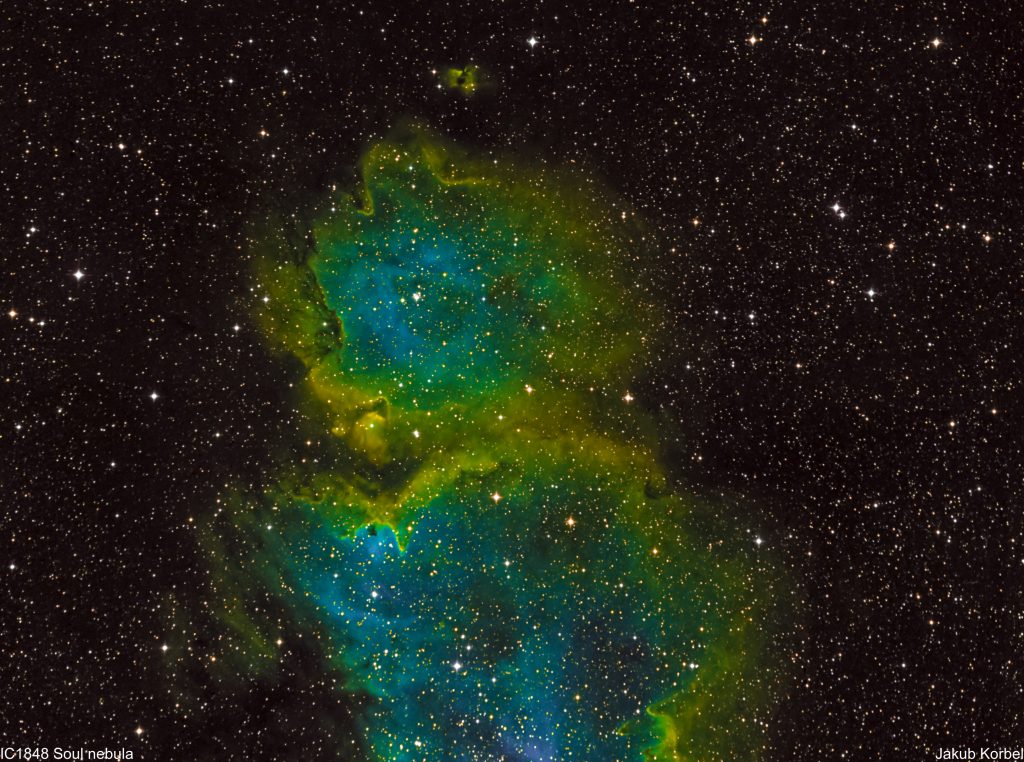
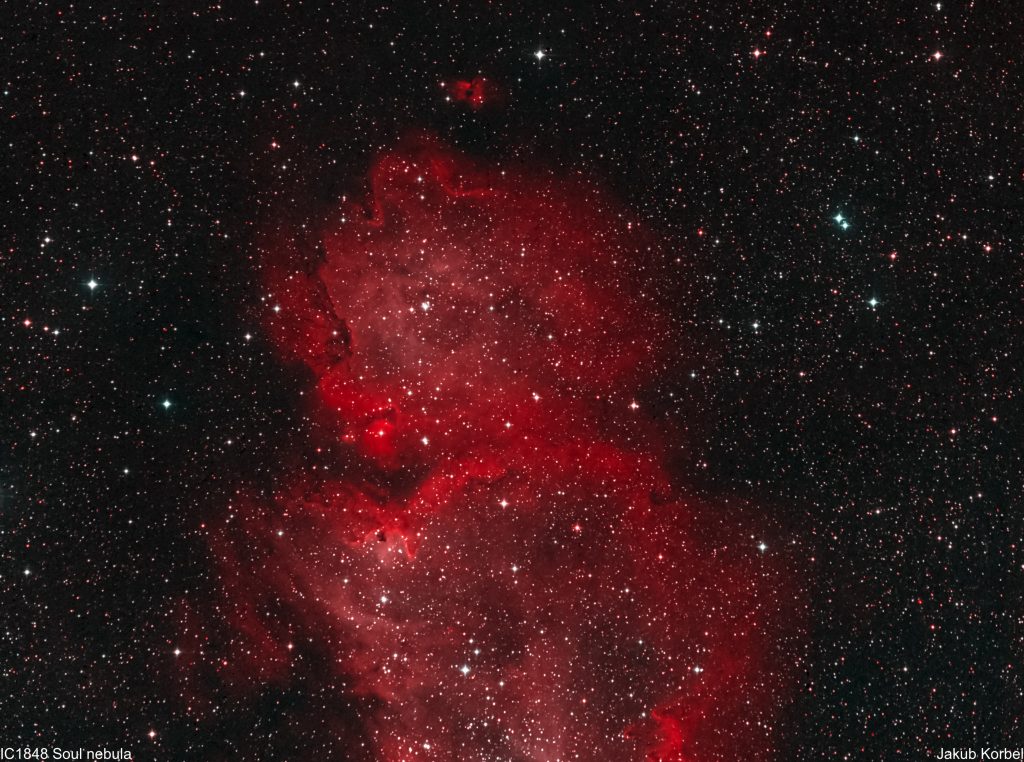
Update 2023-05-07. I returned to this data and reprocessed it, using the latest post-processing know-how. I learned a lot in the last few years, and Pixinsight got very useful plugins. For example, Blur Exterminator sharpens the data, but it still looks realistic without any artifacts. However, the biggest difference is the white balance of the picture. I used the rainbow SHO technique published by
lukomatico.
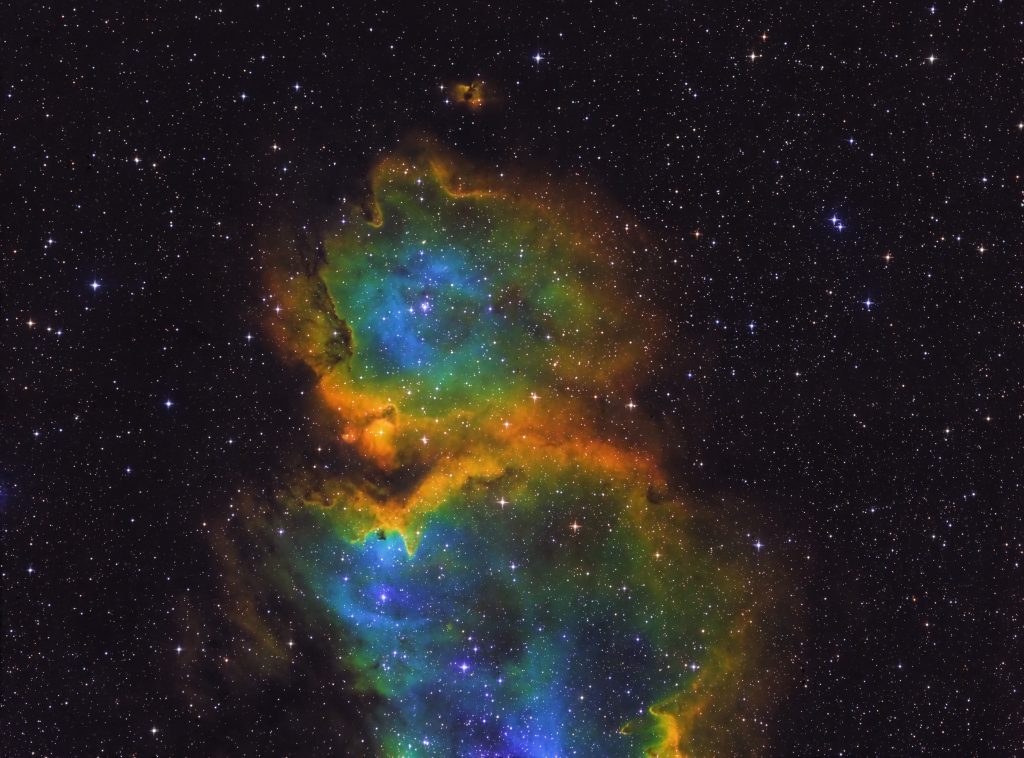
Technical details
| Telescope: | Newton 150/600 mm |
| Aperture: | 150 mm |
| Focal length: | 438 mm |
| Mount | Gemini G53f |
| Autoguiding | TS 60 mm, ZWO 174 MM |
| Camera: | Moravian instruments G2 8300M @-30C |
| Corrector: | ASA 0.73 reducer |
| Filters: | Baader narrow band |
| Exposure:8x | 77xHa, 77xOIII, 77xSII 180 s, bin 1×1, |
| Date: | 2017-11-23 |

